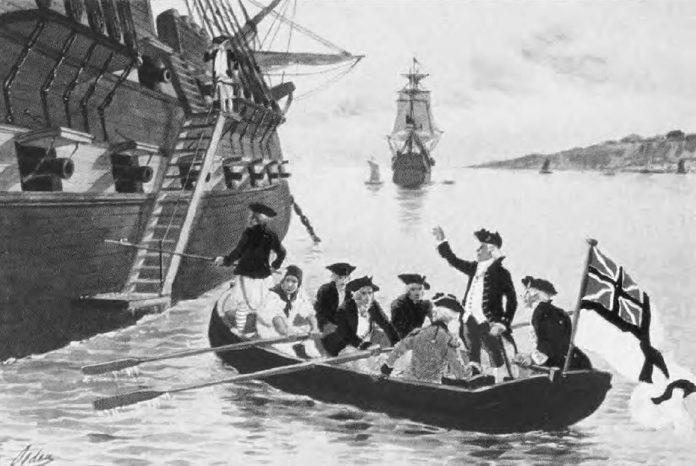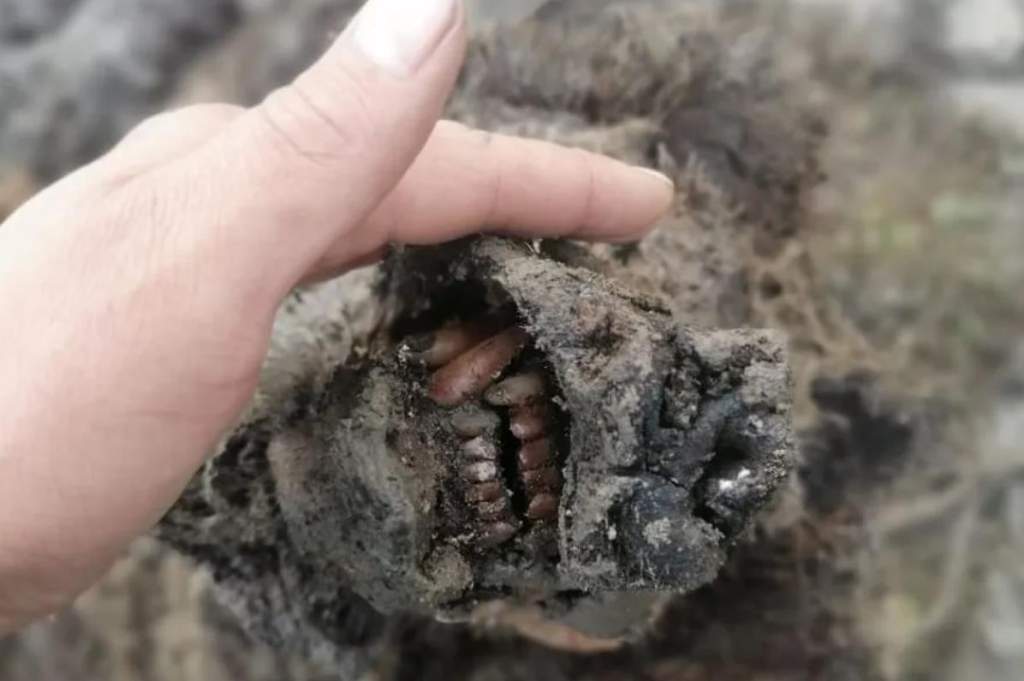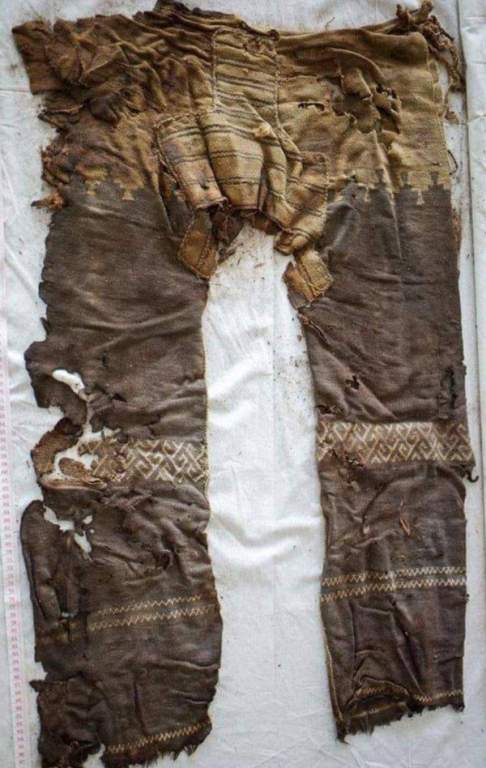John Murray was a British colonial administrator, his duties included running New York (1770-1771), Virginia (1771-1775), and the Bahamas (1787-1796). John Murray was a descendant of the Scottish house of Stuart who was born in Scotland in 1730 or 1732. In 1756, he succeeded his father, William Murray, Third Earl of Dunmore.
In 1770, he was appointed governor of New York, after serving in the House of Lords for 14 years. As governor of Virginia, England’s largest and wealthiest North American colony, Dunmore was appointed the following year. He directed a series of military campaigns from 1771–to 1774 against Native Americans, primarily the Shawnees, as part of the War of Lord Dunmore. He was very interested in promoting the colonial settlement of the west.
Following the battle, all Shawnee lands east and south of the Ohio River were ceded to Britain. Despite Dunmore’s success in fighting that outside of Virginia, he fared much worse with those inside the colony. Despite the fact that his war with the natives made him a hero in Virginia, it was his dissolution of Virginia’s colonial assembly, the House of Burgesses, in 1774 for opposing British policy that led to Virginia setting up a revolutionary convention that provided delegates to their respective American Continental Congresses.
Dunmore was threatened with death after removing the colony’s gunpowder stores from the Williamsburg Magazine in 1775. Williamsburg, the capital of Virginia, was Dunmore’s last refuge, and he took refuge on a British warship off Norfolk. Dunmore issued his most memorable statement while he was aboard a ship on November 7, 1775, in which he declared martial law and set free all indentured servants and slaves capable of bearing arms in support of the British cause.
For the first time in British North America, slaves were emancipated en masse. As a result of Dunmore’s declaration of martial law and offer of emancipation, all Virginians, ranging from moderates to radicals, had their property rights threatened. Furthermore, it created two camps in the colony: Patriots and Loyalists. The Ethiopian Regiment was formed by Dunmore as a result of his organization of black Loyalists.
The following day, December 9, 1775, his forces were defeated in the Battle of Great Bridge near Norfolk. In July 1776, Lord Dunmore returned to England after he failed to regain control of Virginia. In 1781, he returned to America but was rejected for arming slaves to subdue the revolutionaries.
He then left for England. He crossed the Atlantic again in 1787, this time to serve as governor of the Bahamas from 1787 to 1796. Dunmore died in England on February 25, 1809, shortly after retiring to England. Read More – Fort Orange – New York






